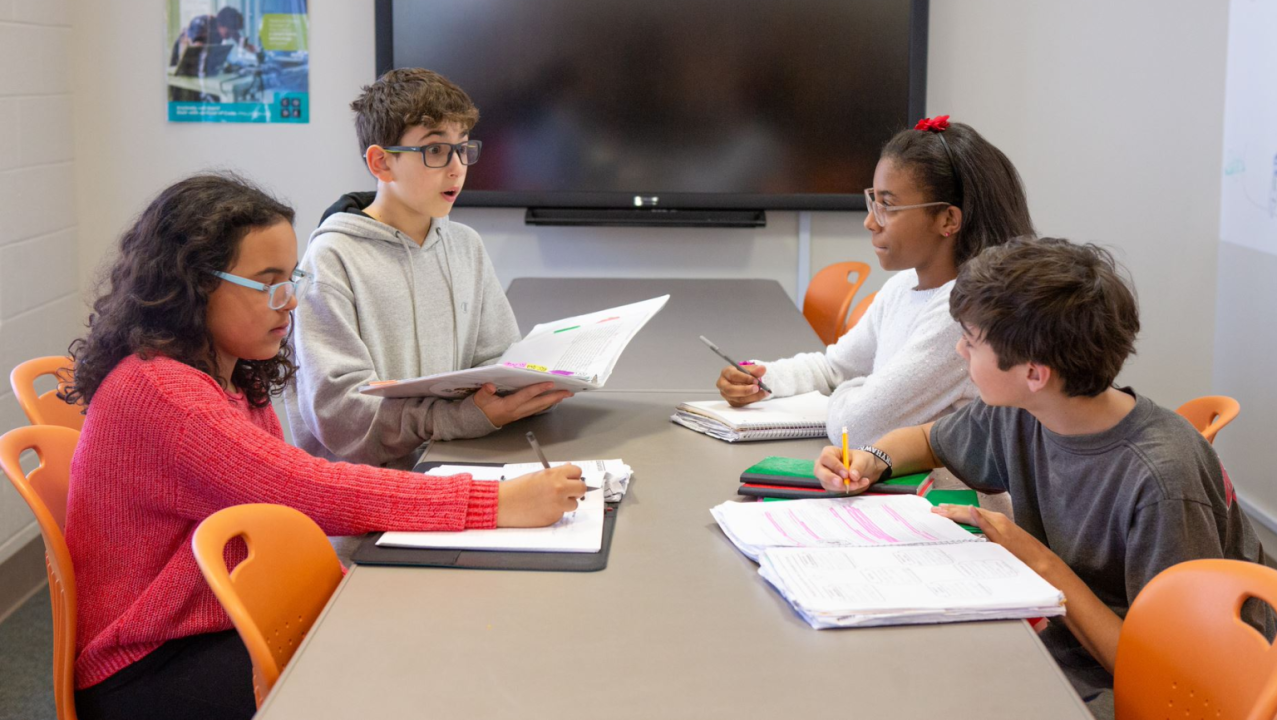Day 14: Preparing for a Science Conference (Part 2)

-
Culminating Project
OVERVIEW
Yesterday, children should have begun work on their books to present at the “science conference,” and they will continue working today. By the end of today the groups should be ready to present. Presentations will take place tomorrow.
GUIDING QUESTIONS FOR THE CULMINATING PROJECT
Here are some guiding questions you might want to pose for the teams to respond to:
- What evidence do we have to support the claim(s)?
- Is our informational book organized in one of the five ways scientists typical use for their work chronological, simple description, compare/contrast, cause/effect, or problem/solution)?
- What science language will we use in our informational book?
- How will we present our evidence?
- How does our investigation of one representative plant demonstrate how adaptations helped some plants survive in changing environments?
MATERIALS NEEDED
Each team needs:
- science notebooks with all documents, notes, etc.
- team Inquiry Chart
- team “Plant Observations” booklet
- access to a digital platform that supports the writing of a book
- access to bags of representative plant images and fact sheets
SETUP
- Designate a digital platform that learners will use to create their digital book. Consider using platforms that are already familiar to your learners (for example, Google Slides or PowerPoint). Make sure to choose a program that will allow you to download digital book products as a .docx, .pptx, or .pdf file.
- When using technology, assure that each team has access to information as needed.
DIRECTIONS FOR CHILDREN WORKING ON THE CULMINATING PROJECT
During the time allotted, children should be working on their digital books. Ideally, children should work on a draft of their book, but if time doesn’t allow them to do so before they present their final version, they will be presenting their draft as a book.
During this work time, remind children to do the following:
- Organize their book using the data they collected during their inquiry circles and science investigations. They should be synthesizing the information to address the two ideas:
- the relationship between their plant and its environment; and
- how adaptations helped some plants survive the changing environments.
- Structure their book using one of the five ways informational texts are organized (model texts are available for three of these in the “Plant Resources” document):
- sequential/chronological
- simple description
- compare and contrast
- cause and effect
- problem and solution
- Include graphic features of informational texts in their books (e.g., table of contents, index, glossary, headings, bold words, sidebars, pictures and captions, and labeled diagrams).
- Include (in their book) a biography, telling their readers information about themselves. Each group member will create a biography page about themselves, and these pages will be added at the end of their book. Information they might want to address in their bibliographies includes the following:
- Who are you as a scientist?
- What was your role in your group?
- Which group members did you work with?
- How did you work as part of a team?
- What do you think about science?
- What part of the scientific process did you enjoy most?
Role of the teacher: the teacher moves around, supporting the teams, offering guidance as needed, and asking questions about their work.


